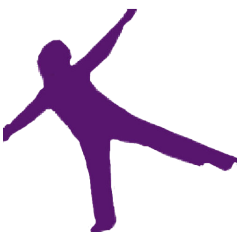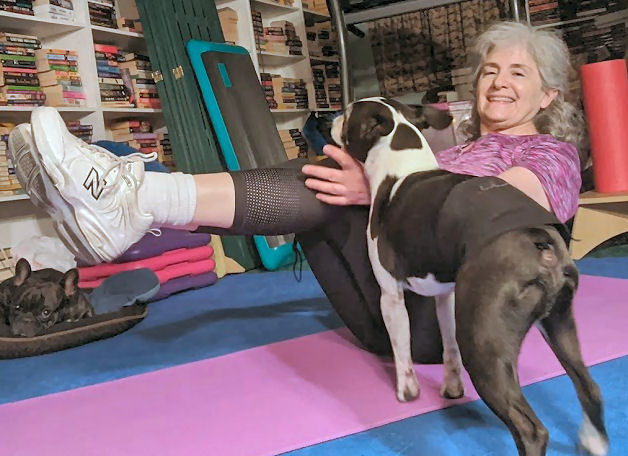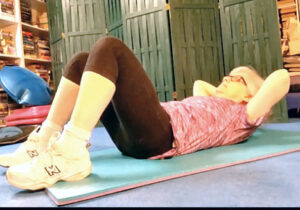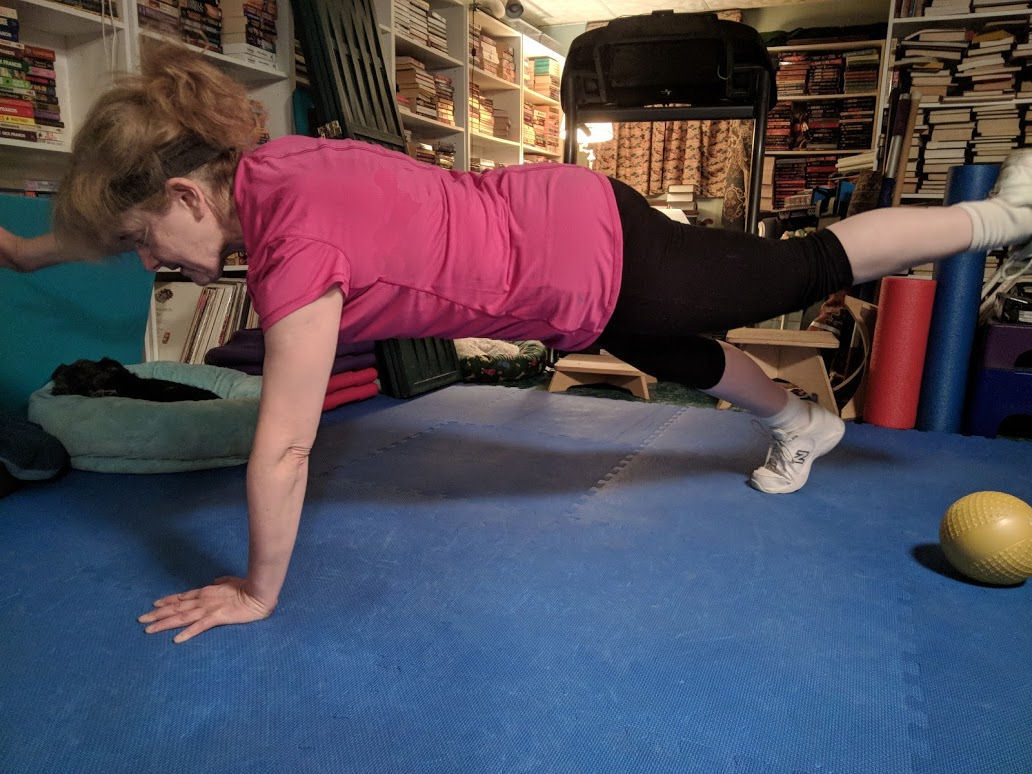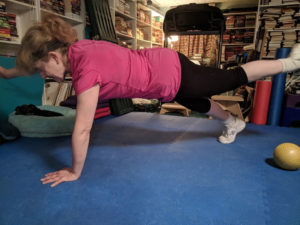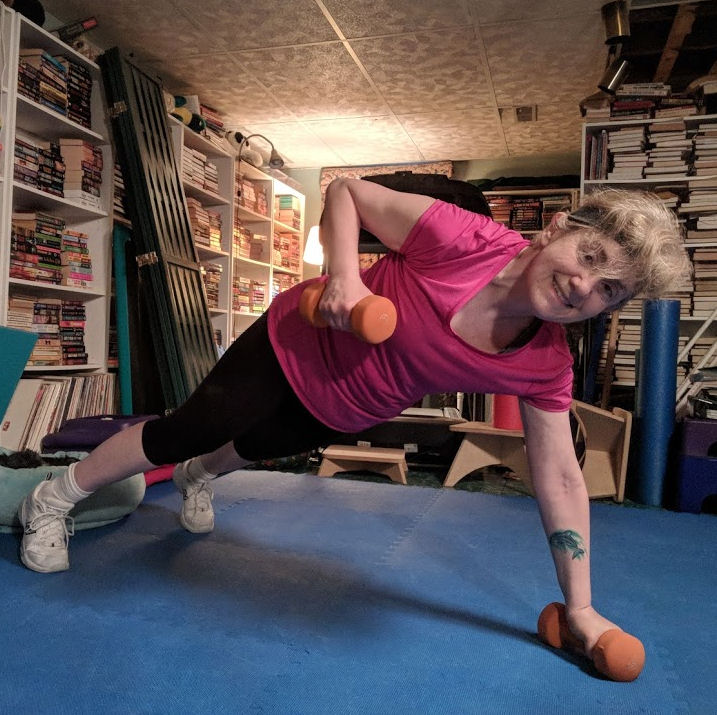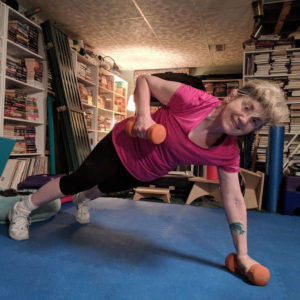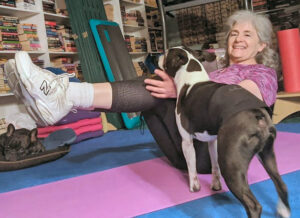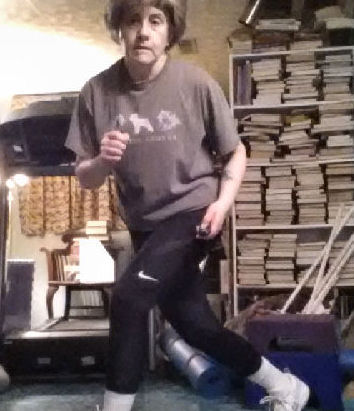Lately it seems like everything is happening so fast that there’s no time to even catch your breath. The news headlines, reactions to them. Even weather systems are coming fast and furious one right after another. It’s easy to sit and keep scrolling your social media looking for the next thing. Needless to say, that’s not healthy long-term behavior. When we’re so busy focusing on the negative we don’t pay attention to what’s going on in front of us. It’s easy to neglect our health and our home. And, again, that’s not good for our healthy aging or our resilience. So, when everything else is out of control, let’s focus on what we can control.
When everything else is out of control, focus on your health
The one thing we can control no matter what else is going on is our health. Focus on Number One. Yourself. Be sure that you eat nutritious meals and exercise. And no matter how bad the news seems to be, try to maintain a positive outlook. Those things will help you get through all of this.
We’re bombarded 24 hours a day, 7 days a week by our screens. It’s easy to forget to shop. And it’s much easier to grab a burger at the drive-through than to cook healthy meals. But the act of cooking in itself is a great way to turn off the noise from outside. When I cook – which is not every day – I’m able to be in my own little world. And when you cook, you have to pay attention to what you’re doing so that the food doesn’t burn or get too tough. So turn off the noise and cook healthy meals!
Exercise is truly the way to control your health. Every exercise you do is paving the way for your healthy aging. That’s especially true if you truly focus on your moves and make sure you have good form to get every benefit from the exercise. A biceps curl is much more effective when you’re focusing on the muscle that’s supposed to be working.
With the noise bombardment, it’s really easy for our mindset to spiral downward. It is for me, anyway. Bad news on top of distressing happenings sure depresses my mood. I try to catch that downward trend as quickly as I can and turn off the screens. I’ll do something else on my Get Stuff Done Funtime menu. If my brain still won’t turn off, I’ll try a guided meditation. Taking a walk outside – without headphones – is another good option.
If you feel compelled to take action about something that comes up in that noise that’s bombarding you, do it. Take action. You’ll feel accomplished, like you’ve done something positive to put your life on track. Taking action for something you believe in can build your resilience, form connections and generate a positive mindset. Here’s a caveat, though. Unless that action you take directly benefits you or people you care about, put a time limit on it. Don’t go too deeply down that rabbit hole because the rest of your existence could suffer.
You can see that you have options. When everything else is out of control, focus on what you can control.
